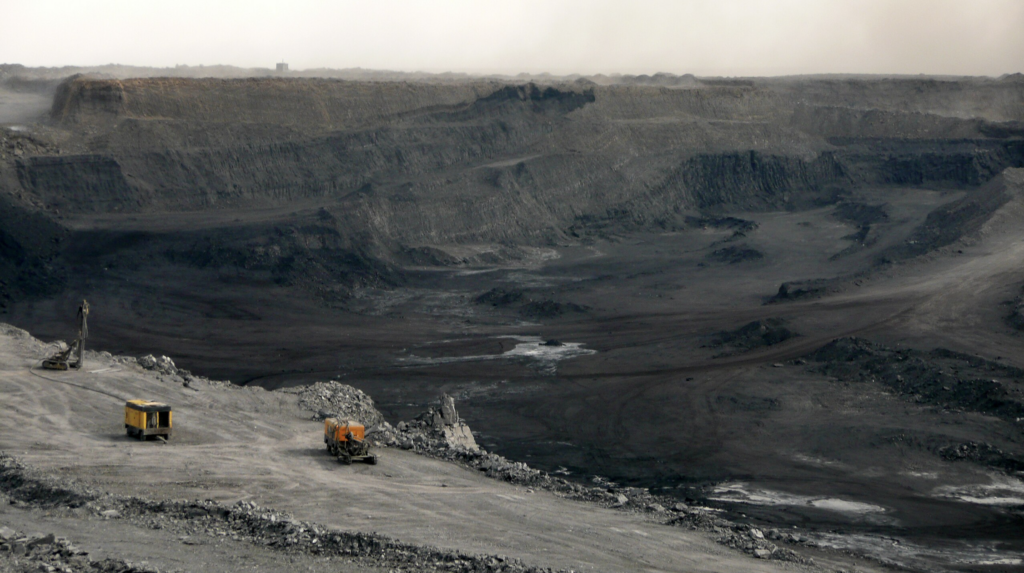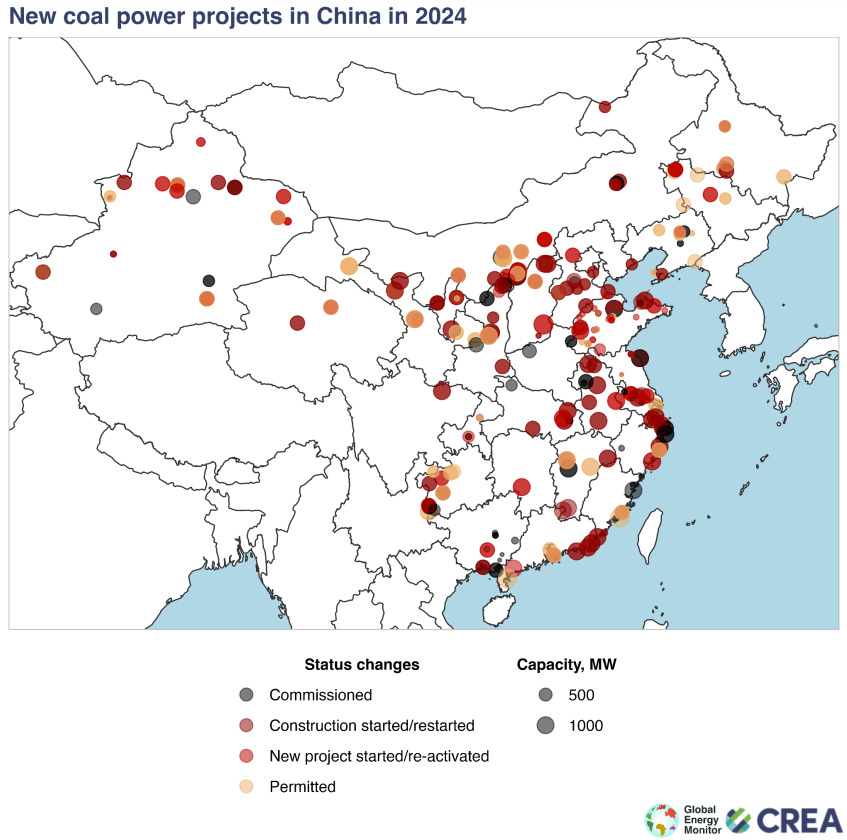China’s crude steel output may stay at its current high levels or even rise marginally in 2024 thanks to stimulus-fuelled demand growth, despite a weak outlook for demand from the property sector.
China’s gross domestic product (GDP) growth is expected to reach 5pc in 2024, according to forecasts from the Bank of China Research Institute. The country’s GDP grew by 4.9pc year on year in the third quarter of 2023 and by 5.2pc in January-September, China’s National Bureau of Statistics (NBS) said.
China’s crude steel output rose by 1.5pc from a year earlier to 952.14mn t in January-November, putting production in 2023 as a whole on course to exceed 1bn t for a fourth straight year.
The government has not announced any targets for steel production cuts during the November-March winter months, a decision market participants say is likely a response to weak demand that has capped output gains in 2023.
Manufacturing strength
Steel demand sectors in China are facing sharply different outlooks. Manufacturing output rose by 6.7pc on the year in November, NBS data show. Manufacturing accounts for around a quarter of China’s steel demand and has been a major driver of flat steel prices.
Growth is even stronger in the auto sector, where manufacturing rose by 20.7pc against the previous year in November. Automobile production rose by 7.4pc on the month and by 29.4pc from a year earlier to an all-time high of 3.093mn units in November, according to the China Association of Automobile Manufacturers (CAAM). Sales rose by 4.1pc and by 27.4pc in the same comparison, to 2.97mn units, and likely continued to increase in December, CAAM said.
But China’s automobile sector accounts for less than 10pc of its total steel demand, limiting the impact of the strong growth on steel use.
Infrastructure sector support
China’s infrastructure sector investment likely grew by 6-9pc in 2023, Chinese securities analysts have forecast.
Beijing said on 25 October it would issue 1 trillion yuan ($140bn) of special treasury bonds in the fourth quarter, in a sign of support for the economy. Funds will be spent in areas such as post-disaster reconstruction, flood prevention and management, and natural disaster emergency response improvements, the finance ministry said. This is likely to generate around 10mn t of extra steel consumption, market participants estimate.
Property sector weakness
Investment in the Chinese real estate sector is likely to fall by 6pc on the year in 2024, according to analyst forecasts. Real estate sales will continue to decline in 2024, with new project start-ups by area and real estate sector investment falling further, said Wang Huimin, vice president of the China Real Estate Association.
Real estate sector investment fell by 9.4pc on the year in January-November 2023, NBS data show. New project start-ups by area fell by 21.2pc, while real estate sales by area dropped by 8pc in the same period. The sector was hit by tighter mortgage lending quotas in the second half of last year, which strained property developers’ credit.
Beijing cut the downpayment ratio by 5-20pc to 30pc for first-time buyers and to 40pc for buyers of second houses on 14 December. But this failed to lift market sentiment, with participants expecting impact to be limited.
Real estate and infrastructure together account for about two-thirds of China’s steel demand.
Exports to stay high
China’s steel exports rose by 35.6pc from a year earlier to 82.7mn t in January-November because of tight international supply, competitive prices and weaker domestic demand.
The World Steel Association expects global steel demand to have increased by 1.8pc to 1.81bn t in 2023, following a 3.3pc contraction in 2022. Demand is then expected to rise by another 1.9pc to 1.85bn t this year, it said. This is likely to support higher Chinese steel exports, market participants told Argus.
But crude steel production capacity is on the rise elsewhere in Asia-Pacific, notably in southeast Asia and India. This, together with challenges to trade flows such as anti-dumping duties, import tariffs and complicated geopolitics, are likely to curb Chinese exports in 2024.









